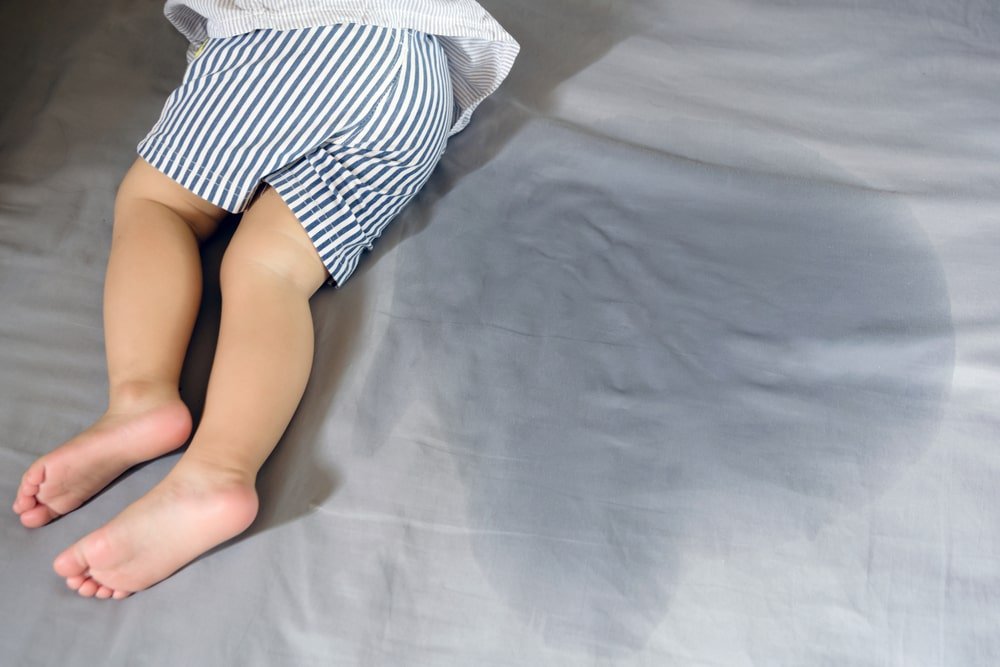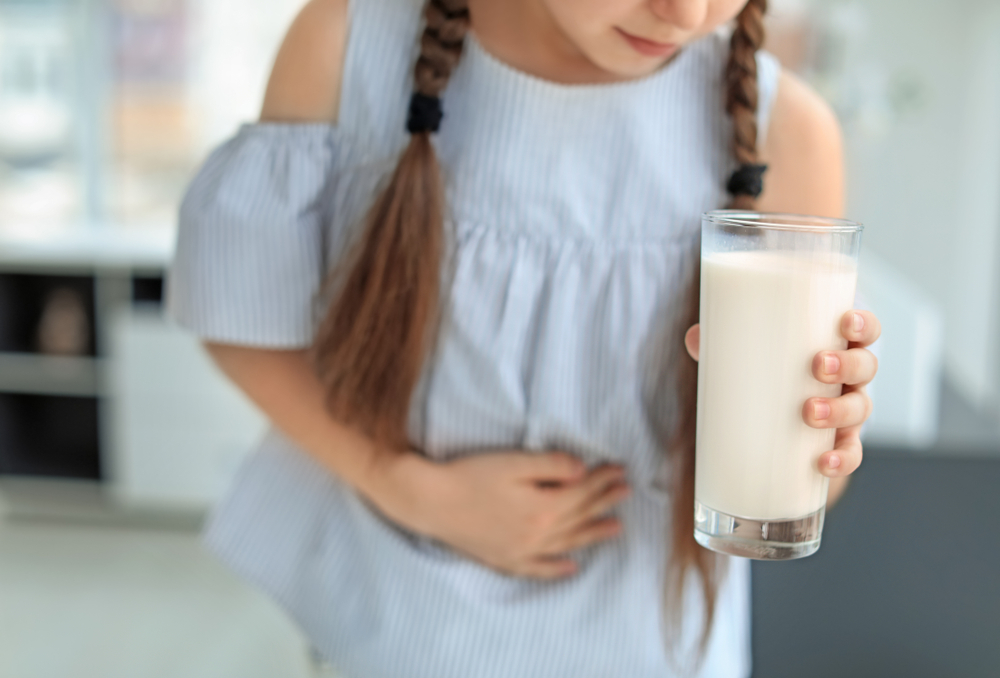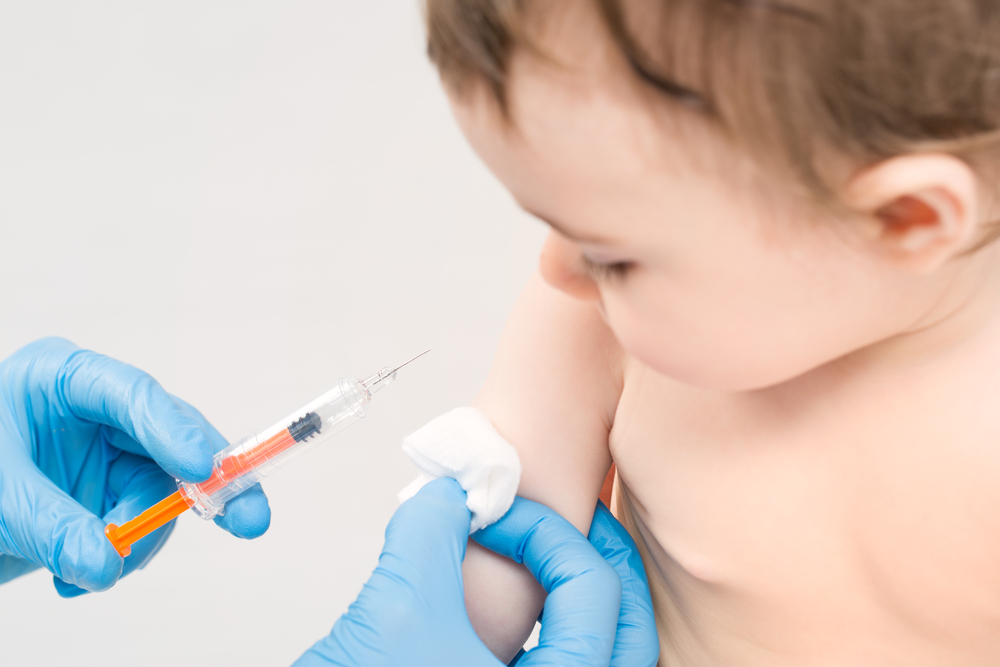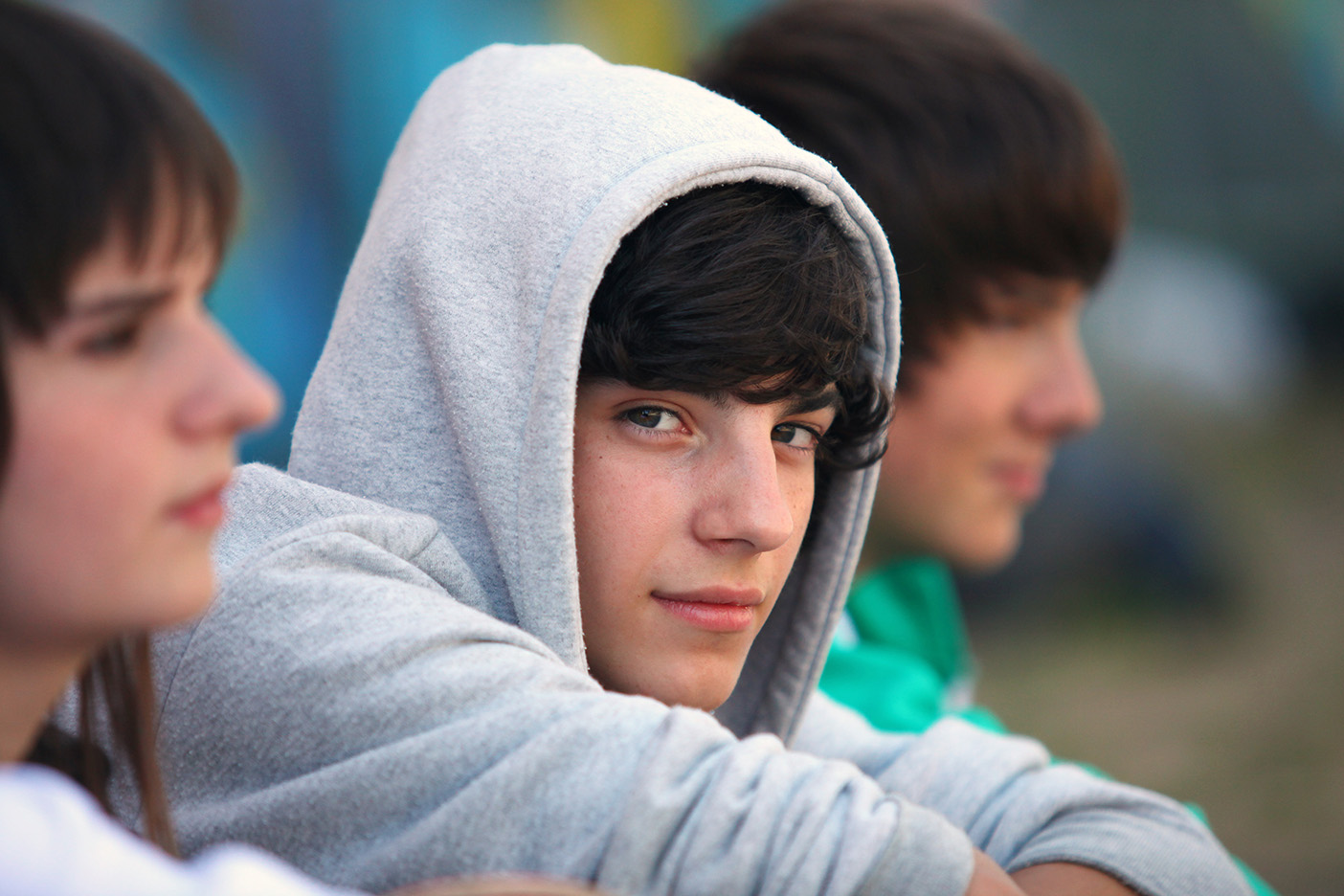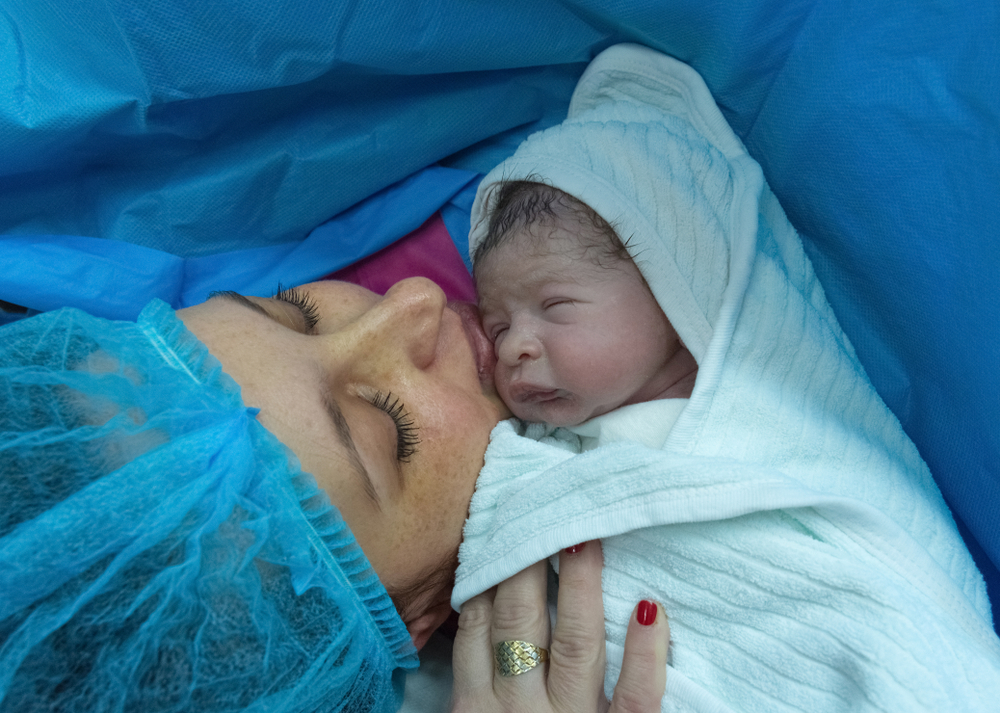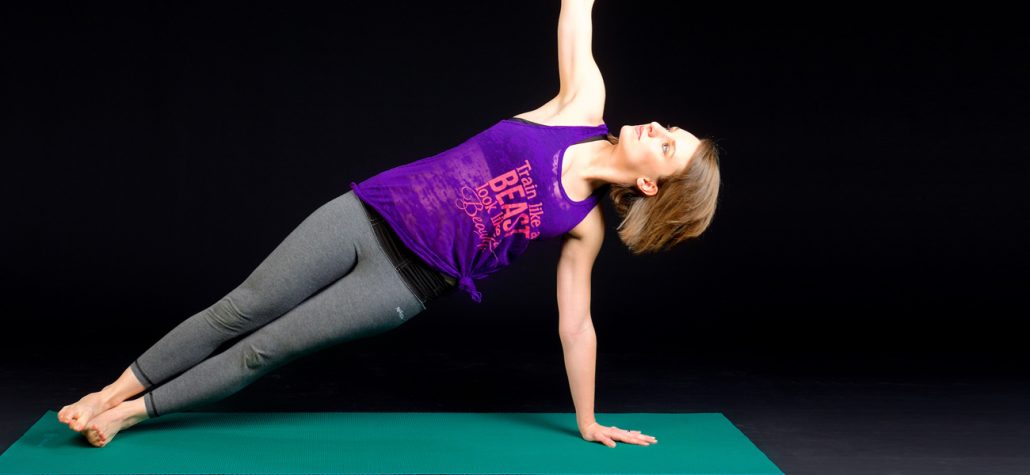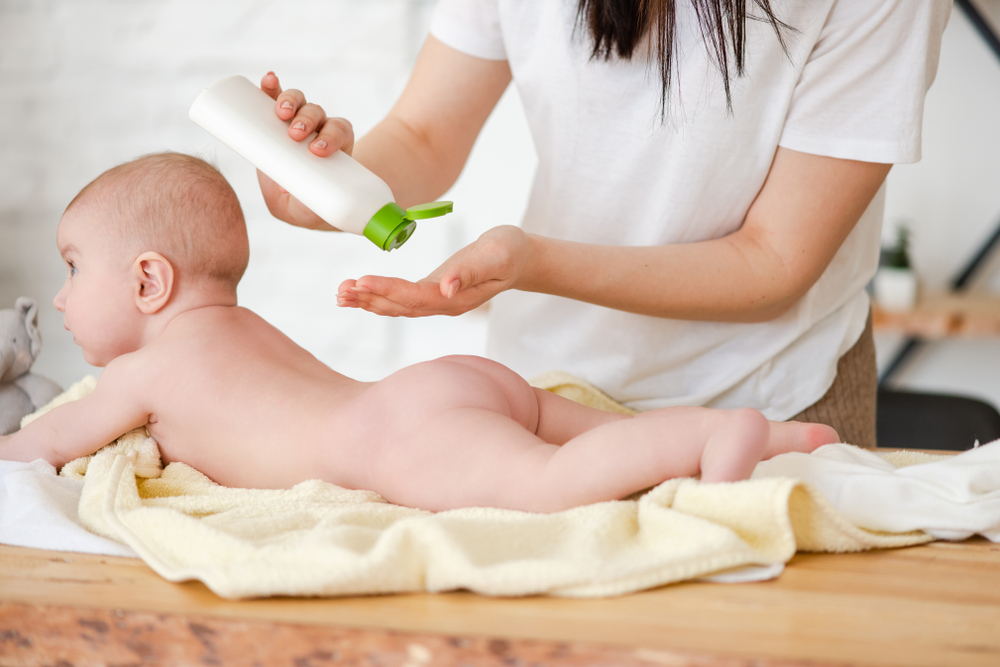Children's Health
Heat-related illnesses: signs and ways to keep children safe
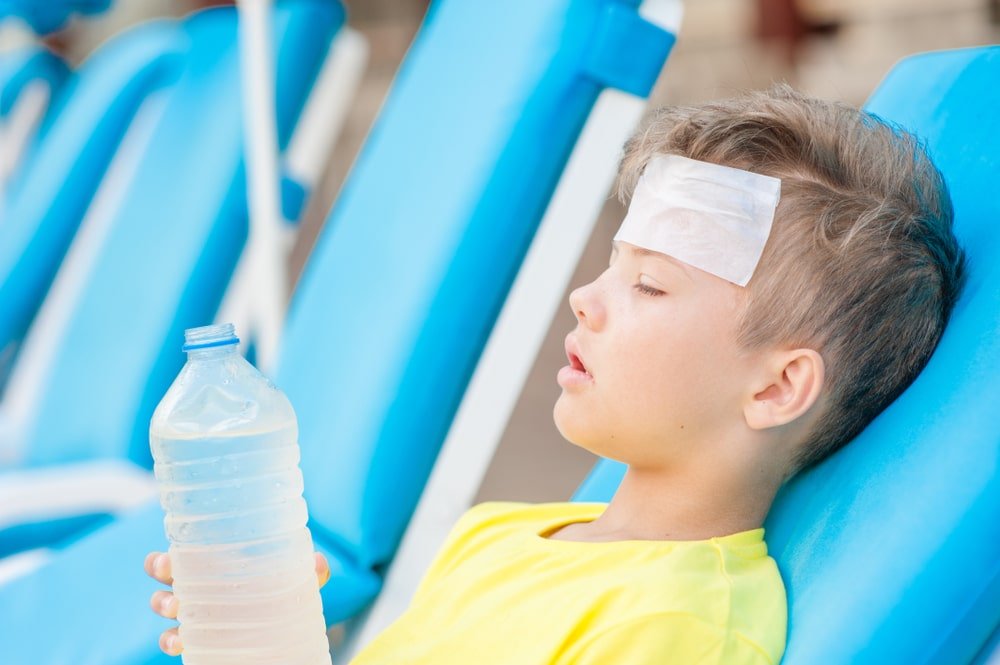
Extreme heat can be a significant health risk to our children during the hot summer months since their physical outdoor activity increases during summer than any time in the year.
So It's important to know how to keep our kids safe and protect them from any heat-related illnesses or what is called “Heat Injuries.”
What are Heat Injuries?
Heat injury is a term used to describe multiple common heat illnesses, including heat cramps, heat exhaustion, and heatstroke. These conditions can progress from one to the next along a continuum.
Parents need to be mindful of the heat as kids often will not recognize the effects of the heat themselves, which can get dangerous.
Heat Injuries types
In order of severity, the four types of heat-related illnesses are:
-
Dehydration
It is the most common type. Heat and humidity make both children and adults vulnerable to dehydration. In dehydration, the first sign is thirst; however, there are other signs to watch for that includes:
-
Light-headedness or dizziness.
-
Boredom or disinterest.
-
Excessive fatigue.
-
Inability to play as hard or as well as usual.
-
Muscle Cramps
Heat-related muscle cramps most often occur when a child is dehydrated and has been active in the heat over a long period. Cramps usually occur in the lower extremities but also can happen in the abdomen. If you suspect a child has a heat cramp, have the child:
-
Stop playing
-
Drink a sports drink to replenish fluids, preferably one containing sodium and electrolytes
-
Perform some light stretching and massage
-
Heat Exhaustion
Heat exhaustion can occur when a child remains active during periods of dehydration. This is most common later in the summer during activity. Signs of heat exhaustion include:
-
Trouble playing or finding it impossible to keep playing.
-
Light-headedness, fainting, loss of coordination.
-
Heavy sweating.
-
Pale skin.
-
Headache, nausea, vomiting, or diarrhea.
-
Stomach cramps or persistent muscle cramps.
If these symptoms occur, it is important to act quickly:
-
Move the child to air-condition or at least to a shaded area.
-
Remove excess clothing or equipment.
-
Cool with water or fans.
-
Lie the child down with legs raised above heart level.
-
Rehydrate by giving water or a sports drink if the child is not nauseous or vomiting.
If the child does not recover quickly, seek medical treatment promptly.
-
Heat Stroke
A serious heat-related illness that can lead to permanent disability or death if untreated, heat stroke occurs when the body’s core temperature (accompanied by nervous system dysfunction) rises above 104 degrees, usually because of vigorous activity in the heat.
The risk of heat stroke increases as heat and humidity rise. Signs a child may be suffering from heat stroke include:
-
Seizures, confusion, emotional instability, irrational behavior, or other signs of central nervous system dysfunction.
-
Increase in core body temperature.
-
Nausea, vomiting, dizziness, headache, weakness, fast breathing, increased heart rate, dehydration, or combativeness.
Heat stroke is a medical emergency, and you should call 911 immediately. Until help arrives, take the child out of the heat and sun, and cool the child down carefully and gradually.
How to prepare your kid for a day of play in warm weather?
-
Drink plenty of water throughout the day.
even before you feel thirsty. Feeling thirsty means you’re already dehydrated, so stop dehydration by drinking before, during, and after any activities in the heat. Always send your child out to play with drinking water accessible nearby. -
Wear lightweight, loose-fitting clothing that breathes.
-
Try to exercise or play in shaded areas and take frequent breaks to cool down.
It’s also helpful to avoid the peak sun hours between 10 a.m. and 2 p.m. -
Be especially careful when the humidity level is high.
The body has a harder time cooling itself by sweating in higher humidity. -
Monitor for signs of heat distress and act quickly.


